Arts & Culture
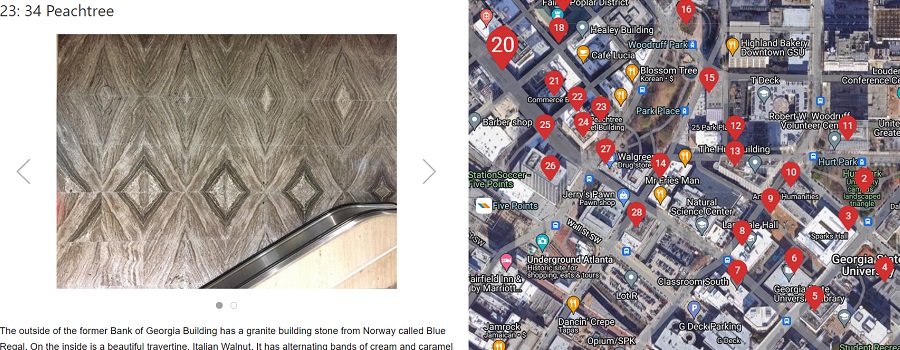
Atlanta Geology Walking Tour
Granite, limestone, and marble building stones are found in a 20-block area that is centered around the beginning of Peachtree Street. These three commercial types...
Read More
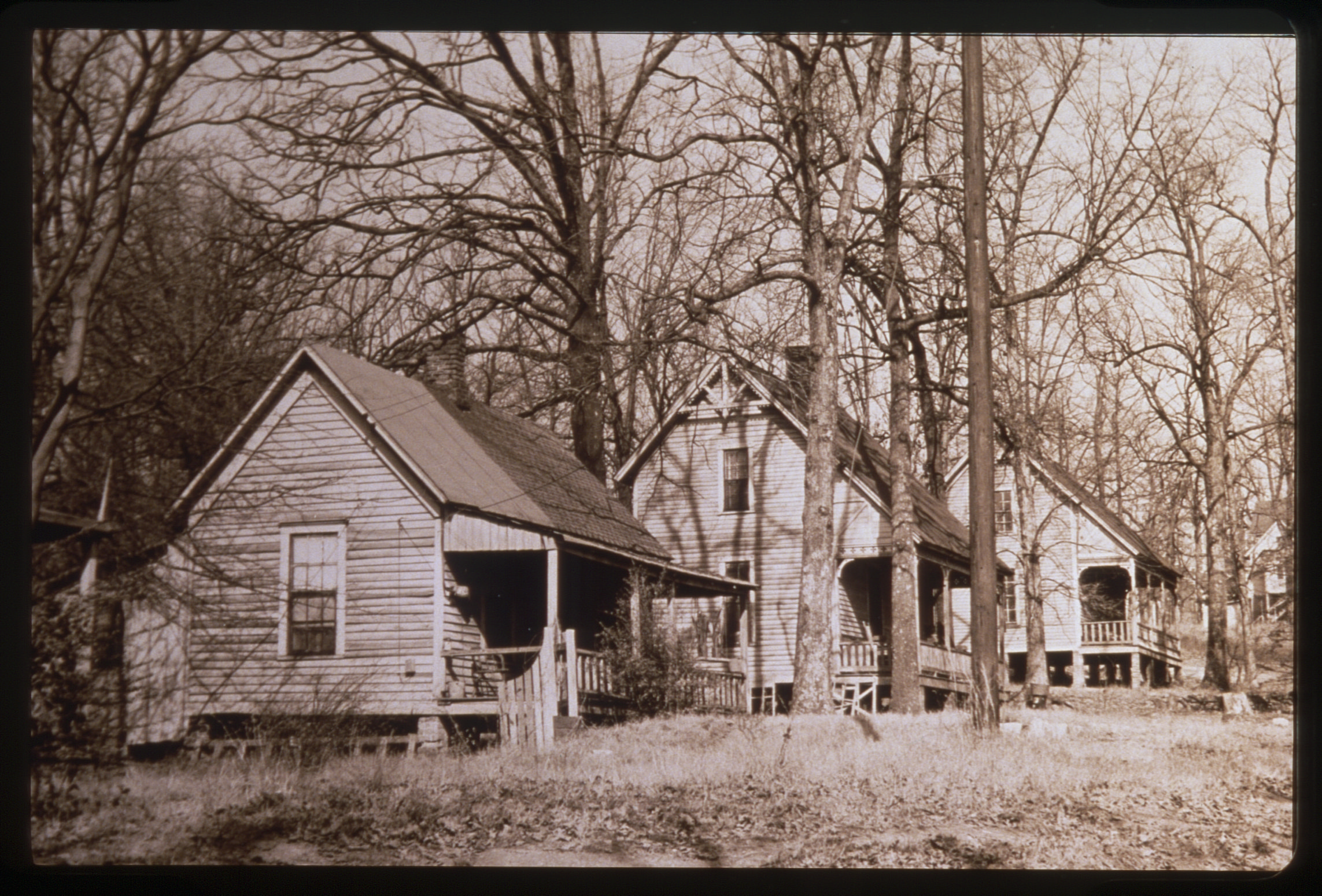
Black Neighborhoods and the Creation of Black Atlanta
Black Neighborhoods and the Creation of Black Atlanta explores the history of Black neighborhoods in Atlanta. It provides an overview of several of these neighborhoods: Summerhill,...
Read More
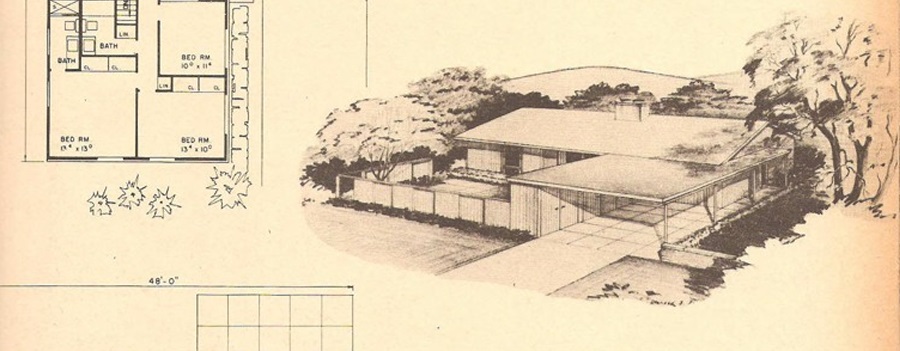
Single-Family Residential Development in DeKalb County, 1945-1970
Focused on suburban residential developments in DeKalb County, Georgia between the end of World War II and 1970 in order to better understand the transformation...
Read More
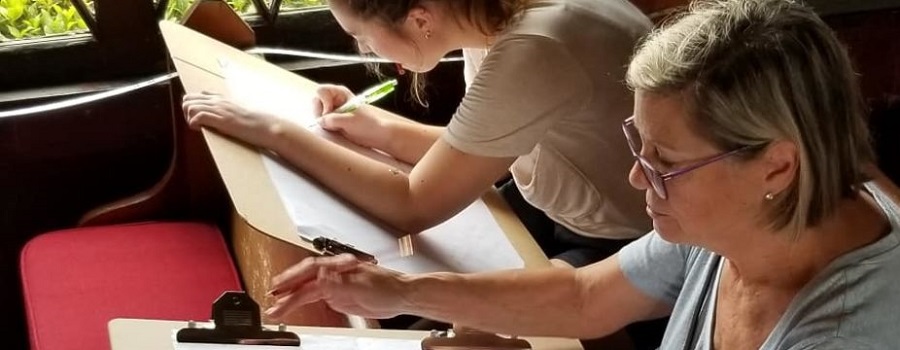
Heritage Preservation Projects, 1991-Present
The Digital Archive of the Heritage Preservation Program (HPP) available in ScholarWorks @ Georgia State University is a compendium of student projects produced under the...
Read More

Kell Hall: Capturing the Legacy
Archived by the Wayback Machine. Originally built in 1925 as one of the first parking garages in the city, the Ivy Street Garage was renovated...
Read More
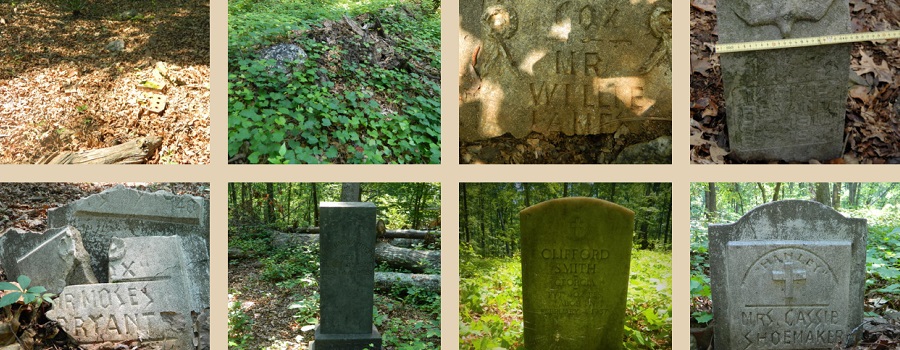
Flat Rock Cemetery Project
Archived by the Wayback Machine. The Flat Rock community in southern DeKalb County, Georgia (just outside Atlanta) is one of the oldest continually-occupied African-American communities...
Read More
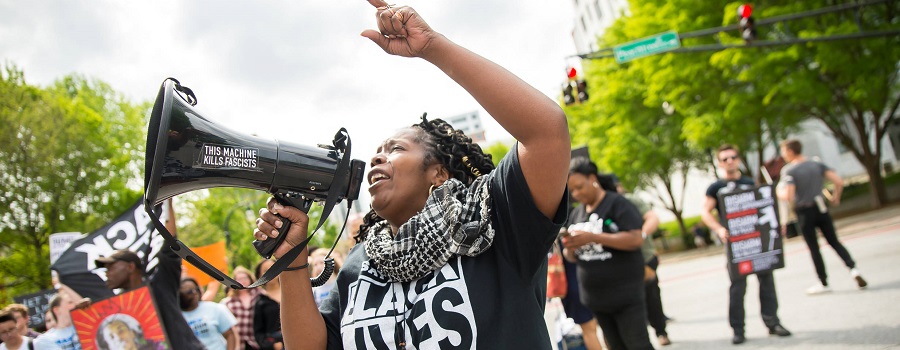
Steve Eberhardt Photograph Collection
Steve Eberhardt photographs the people and events (and animals) around Atlanta, Georgia. His work has appeared in Rolling Stone, The Economist, The Nation, and The...
Read More

East Atlanta
Historic District Information Form authored and submitted by GSU Case Studies in Historic Preservation students, Spring 2017. Located partially in the City of Atlanta, DeKalb...
Read More

Decatur, GA
Design guidelines prepared by graduate students in the Preservation Planning Class of Georgia State University’s Heritage Preservation Program under the direction of Richard Laub and...
Read More

Old Decatur
Prepared by the Spring 2006 Preservation Planning Class. These Design Guidelines explain and interpret general design criteria in the local preservation ordinance in Old Decatur,...
Read More

Decatur Northwest Residential Historic District
Prepared by the Spring of 2013 Case Studies in Historic Preservation class. The Decatur Northwest Residential area is an outstanding representation of early to mid-twentieth...
Read More
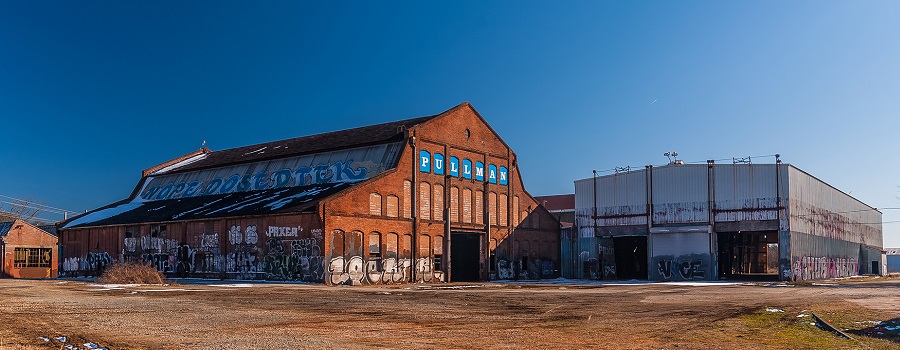
Kirkwood District
Information form for the historic district known as Kirkwood. Contains Sanborn maps, early plattings of the properties, interviews, as well as historic photographs and newspaper...
Read More
 Georgia State University Library
Georgia State University Library